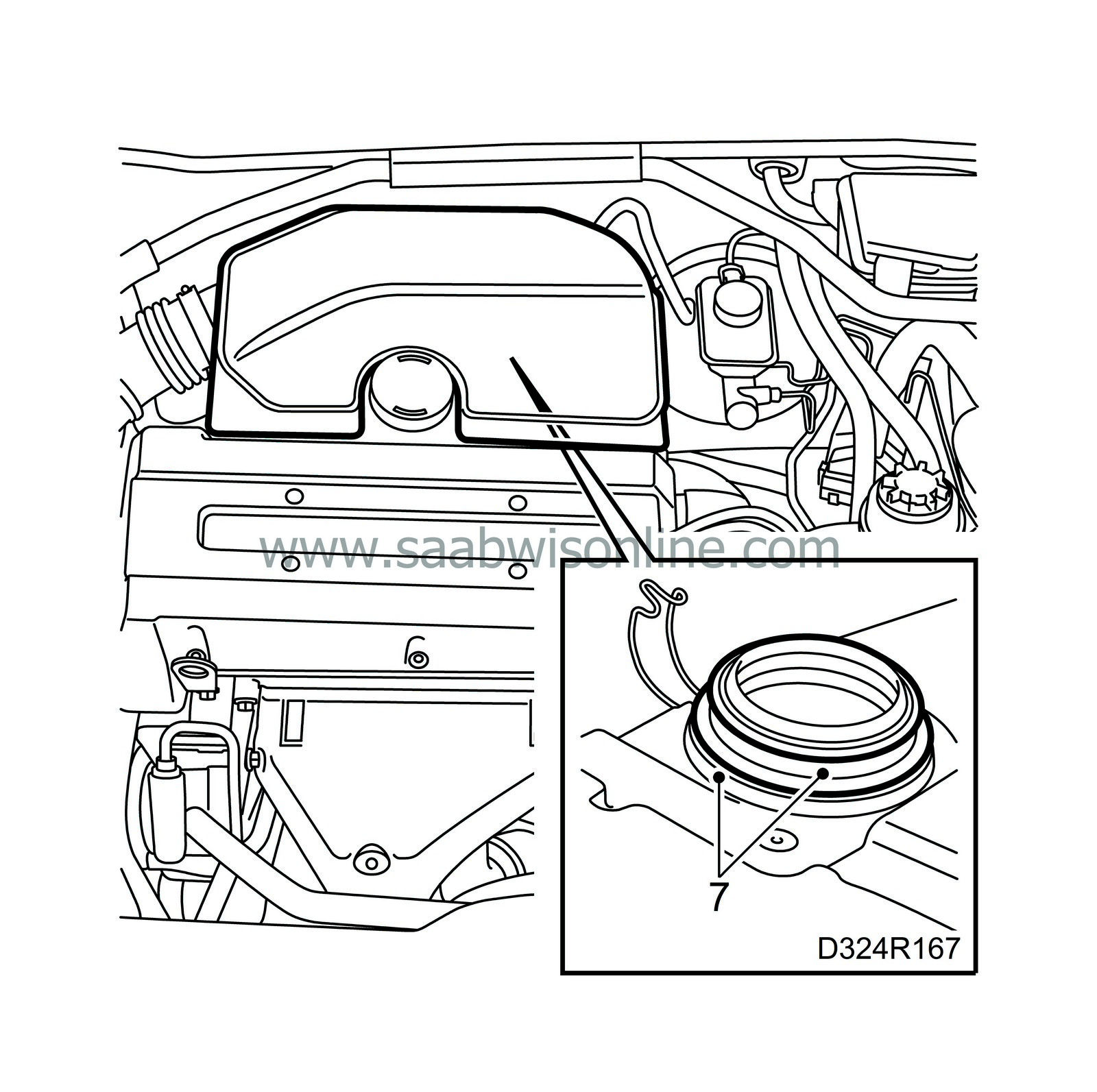Injectors
| Injectors |
|
|||||||||||||||||||
| To remove |
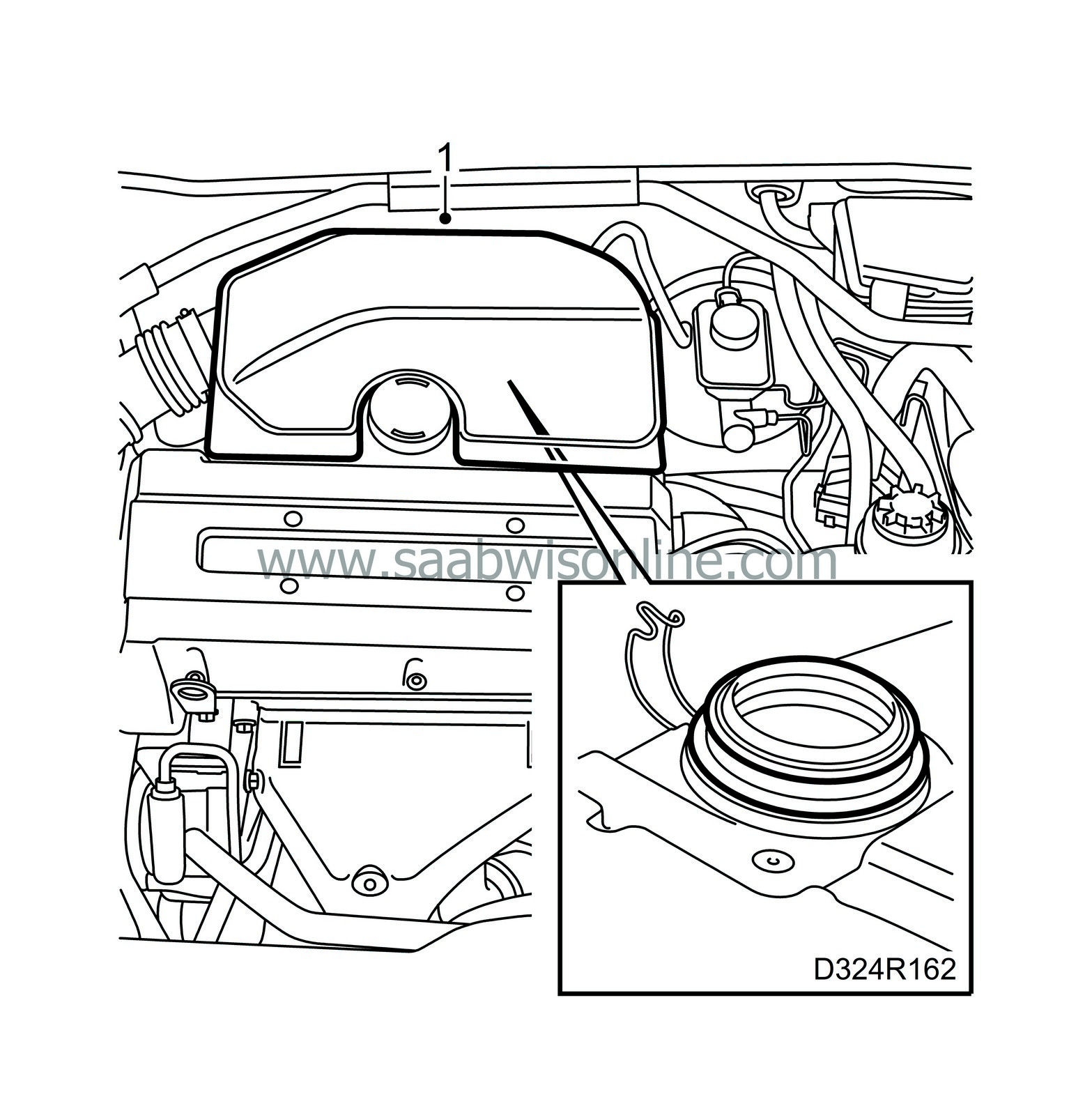
| Important | ||
|
Observe utmost cleanliness when working with injectors. Clean around the injectors, fuel rail and intake manifold and blow clean with compressed air. |
||
| Important | ||
|
To reduce the risk of remaining fuel pressure, remove the fuel pump fuse no. 32 when the car is idling. Turn off the ignition when the engine has stopped. Refit the fuse. |
||
| 1. |
Remove the resonator above the throttle body.
|
|
| 2. |
Remove the hose to the crankcase ventilation and the IAC- valve with hoses.
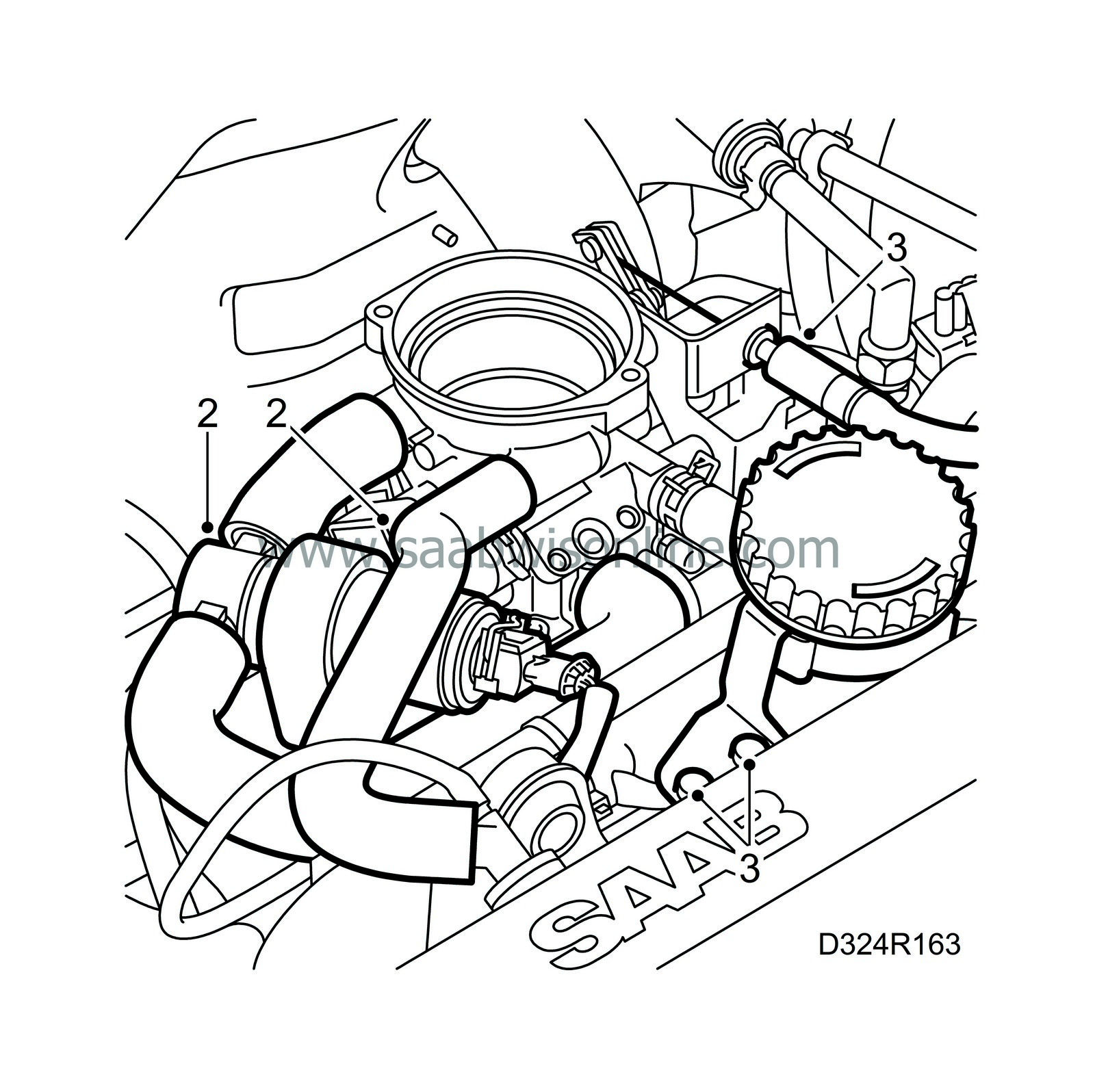
|
|
| 3. |
Remove the bracket for the dipstick and accelerator/cruise-control cables.
|
|
| 4. |
Remove the 4 retaining screws, 2 in each end of the fuel rail, and the 2 screws for the cable channel.
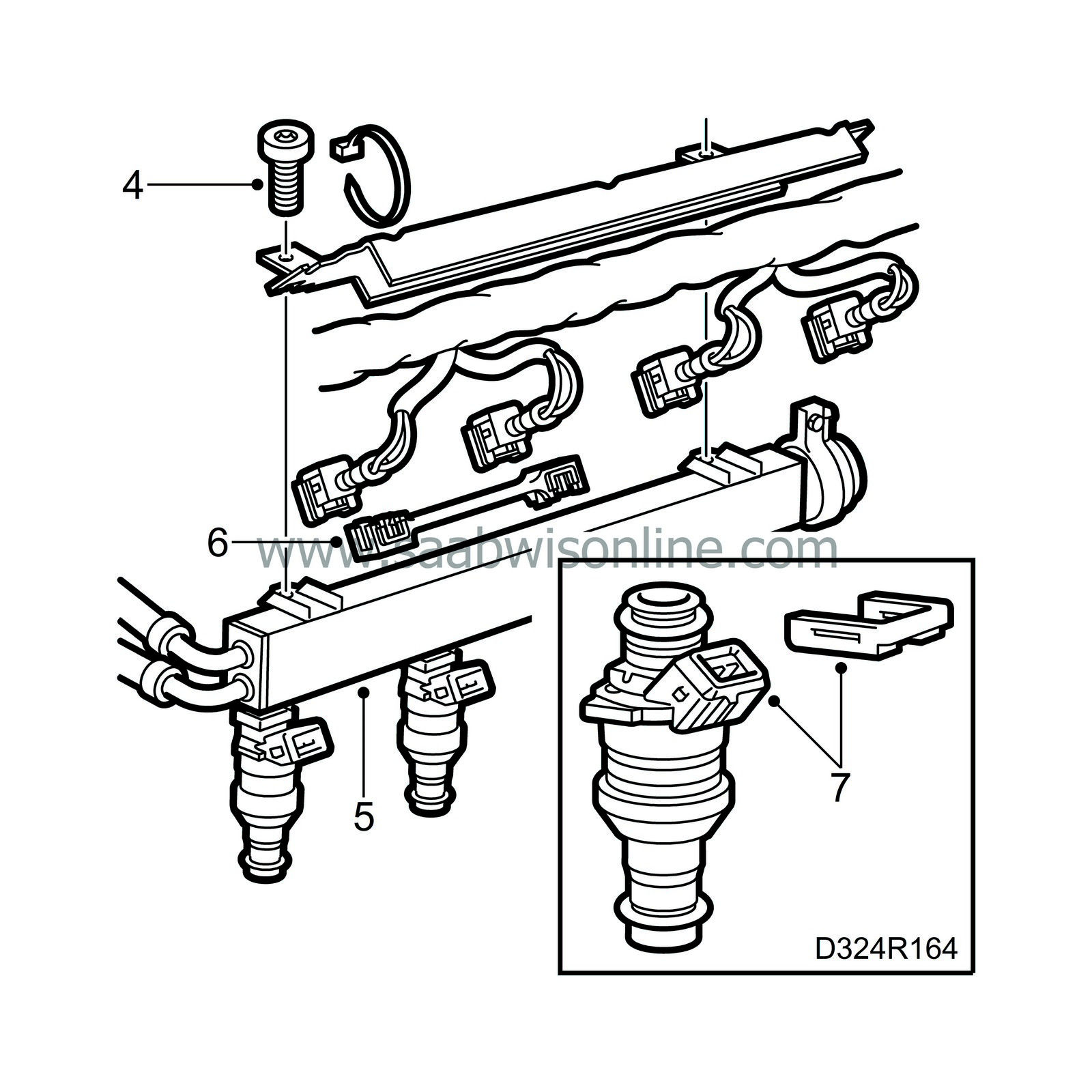
|
|
| 5. |
Carefully lift up the fuel rail.
|
|
| 6. |
Remove the two protectors and loosen the valve connector.
|
|
| 7. |
Remove the lock braces that attach the injectors to the fuel rail and pull out the injectors.
|
|
| To fit |

| 1. |
Fit the injectors to the fuel rail and secure them with the retaining clips
|
|
| 2. |
Fit the injectors' electrical connectors. check that the connectors are correctly fitted.
|
|
| 3. |
Carefully press the fuel rail in place.
|
|
| 4. |
Fit the 4 retaining screws, 2 in each end of the fuel rail, and the 2 screws for the cable channel.
|
|
| 5. |
Fit the bracket and the dipstick and accelerator/cruise-control cables.
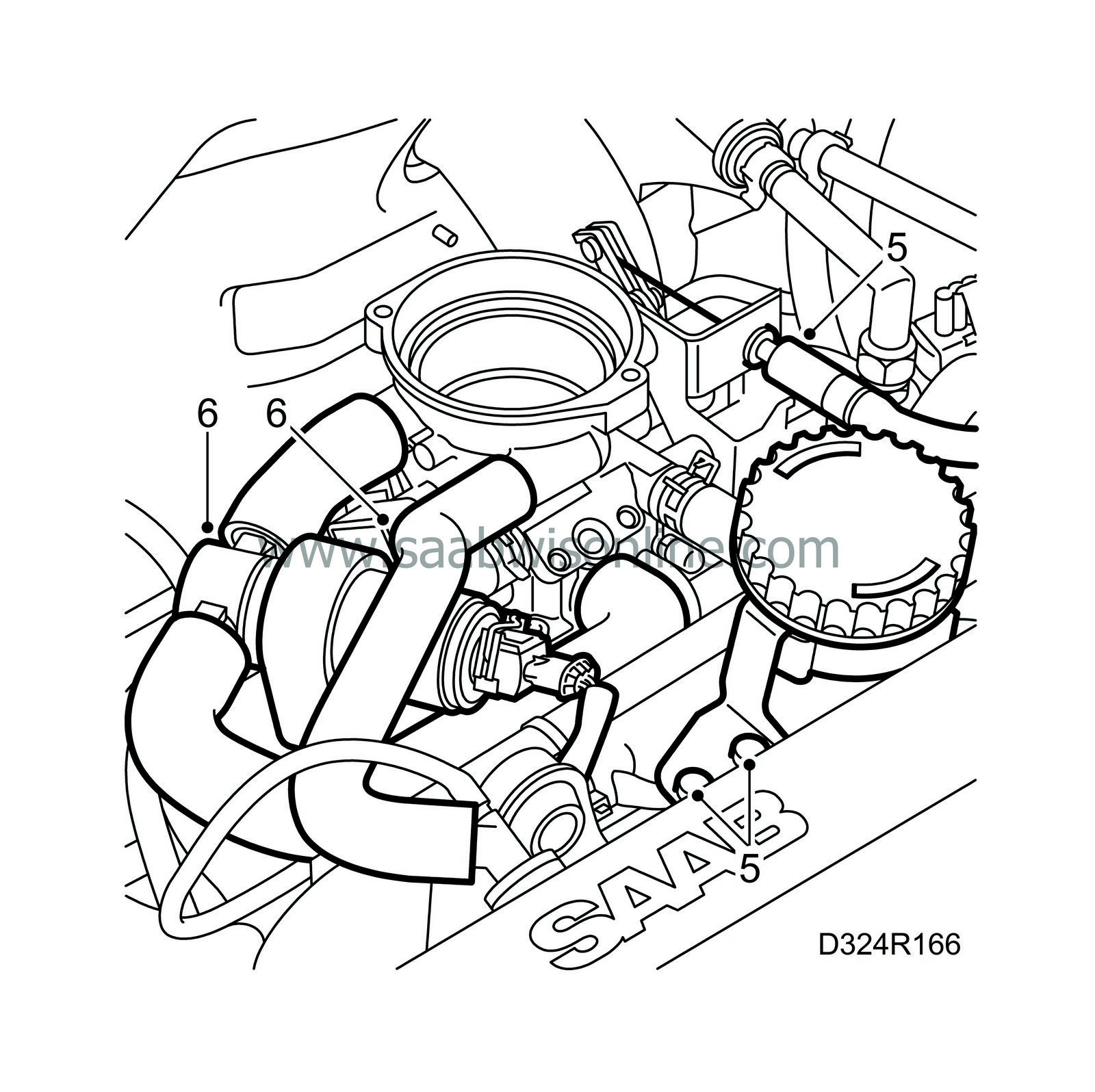
|
|
| 6. |
Fit the IAC valve with hoses and the hose for the crank house ventilation.
|
|

 Warning
Warning
